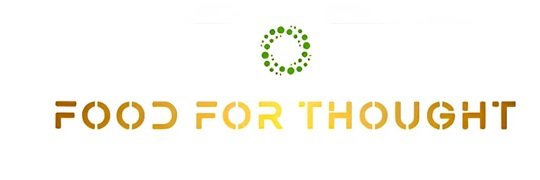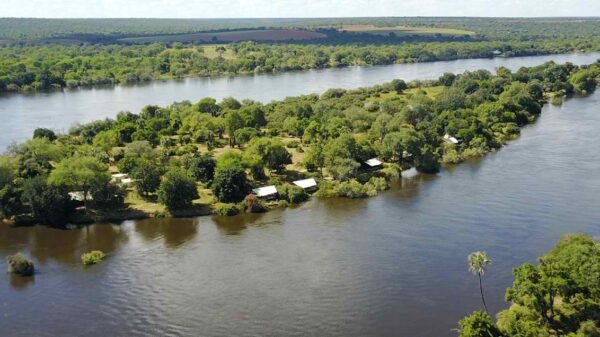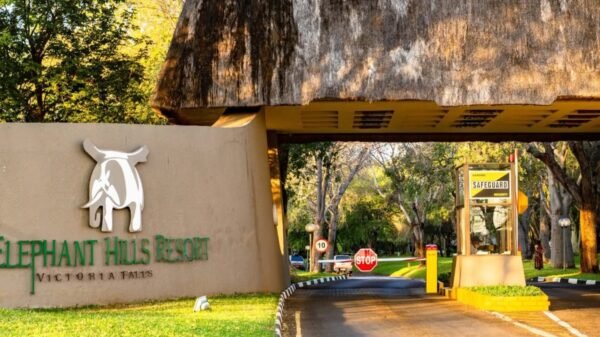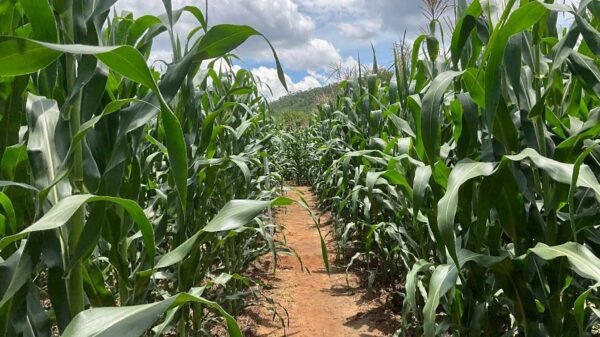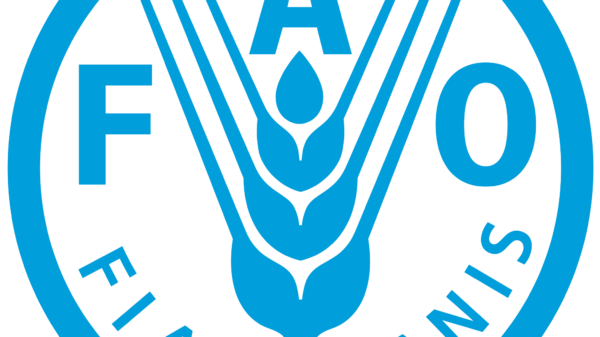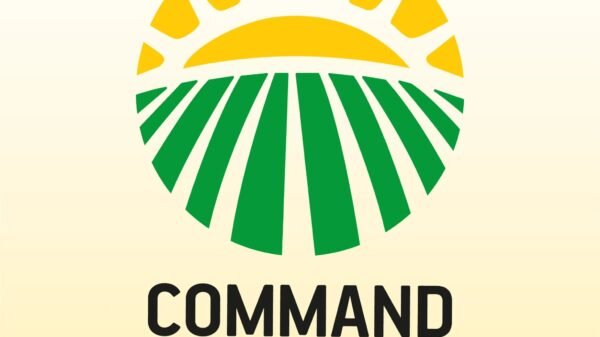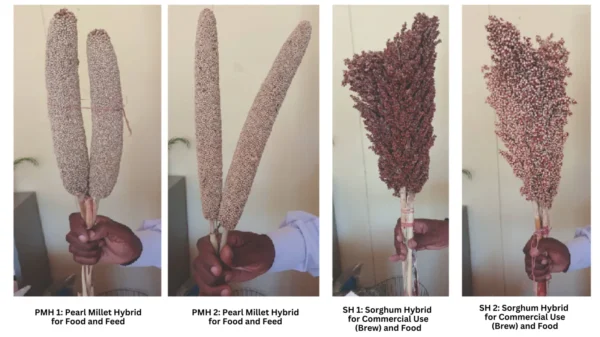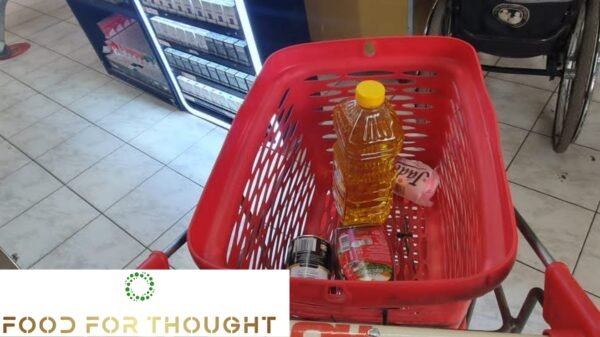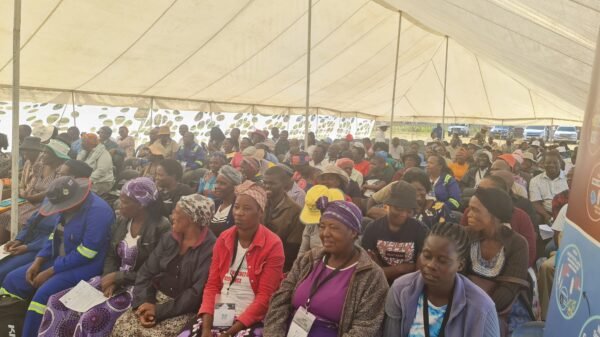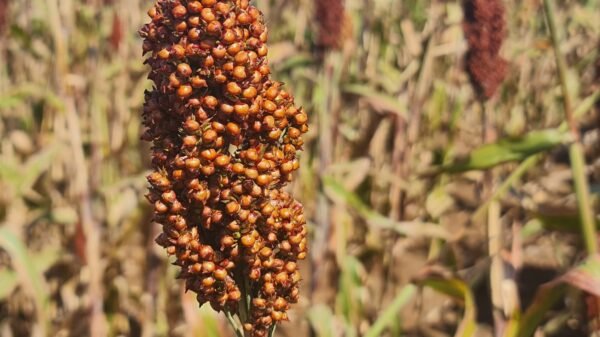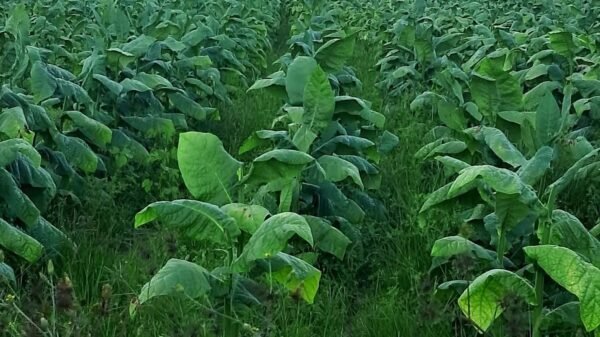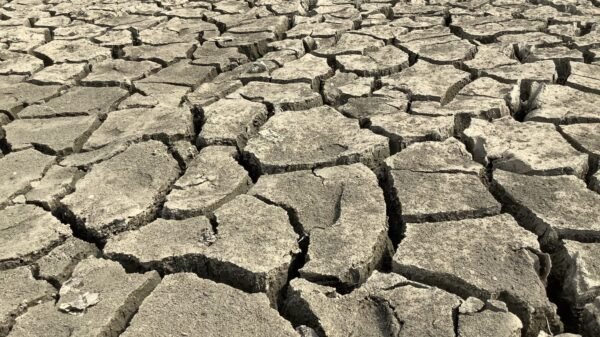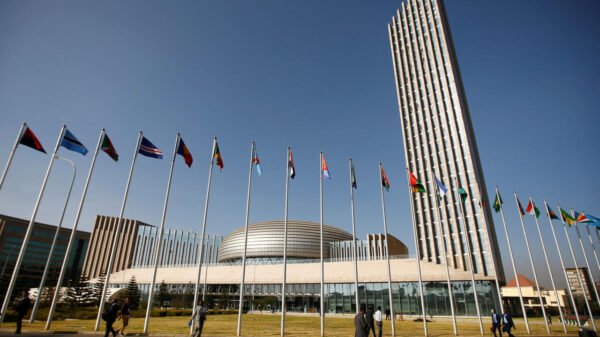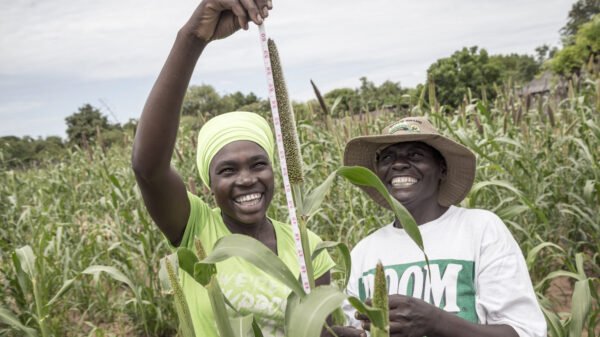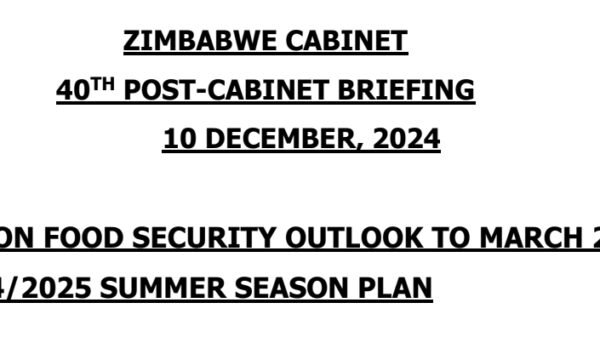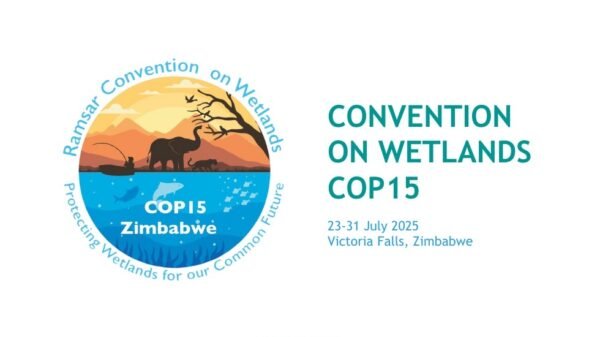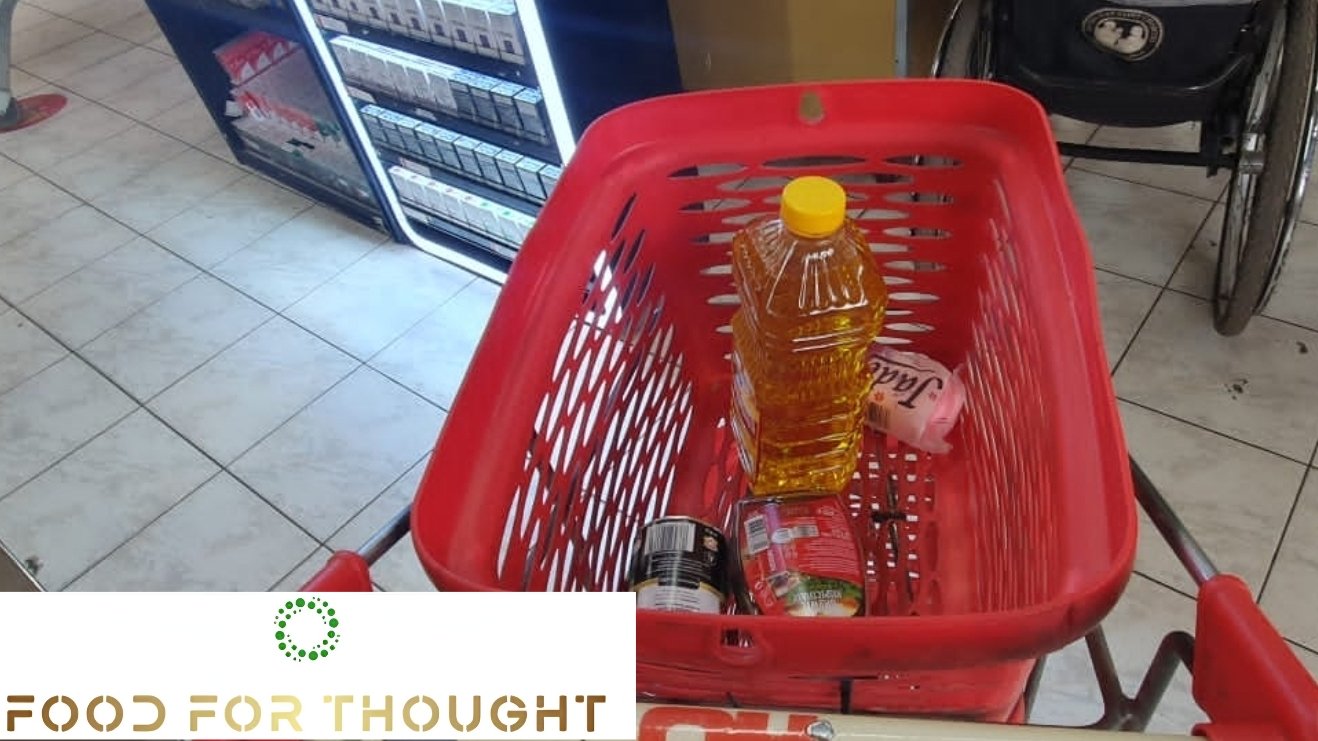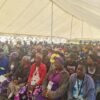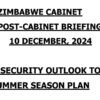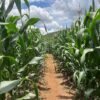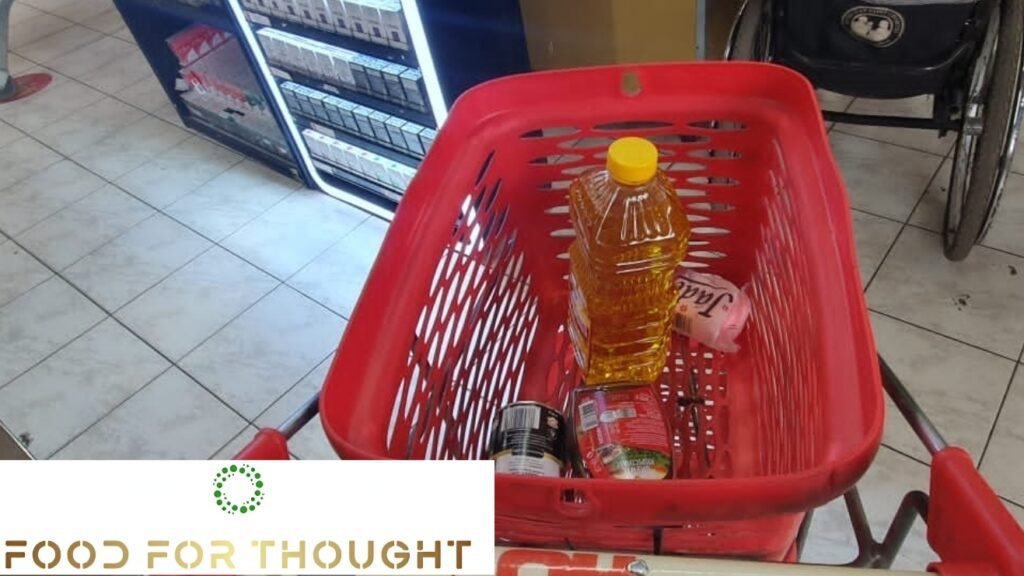
ZIMBABWE’S food insecurity situation in the period from July to September has been classified as a “crisis” by the Famine Early Warning Systems Network (FEWS NET).
Families are now forced to take drastic action to survive, including skipping meals, reducing meal portions, or prioritising the feeding of children and the ill.
FEWS NET, a leading provider of early warning and analysis on acute food insecurity around the world, warns that, just two to three months after the harvest, households are likely to have exhausted their own produced food stocks.
This comes against the backdrop of a troubled economy in which “limited access to income and high food prices are keeping household purchasing capacity low”. Families are resorting to crisis-coping strategies to meet their food needs.
Maize price shoots up
Prices of the staple maize grain have shot up significantly.
“In July, market supplies of staple grain remain very low, with stocks not available across most markets. Unlike during typical post-harvest periods, current prices of staple grain are equal to or higher than staple grain prices in February and March 2024, which typically is the peak of the lean season,” FEWS NET reports.
Maize prices in July ranged between US$9 and US$12 per 17.5 kilogramme bucket of maize, more than double the usual July retail price (US$3-US$5). Maize-meal prices are also increasing.
“Maize-meal prices are between 20-25 percent higher than normal, retailing for 5.50-8.0 USD per 10kg bag, compared to July 2023, when prices ranged between 4.50 and 6.50 USD.”
In 2023, Zimbabwe recorded the highest food-price inflation in the world, according to World Bank statistics. For most households, the cost-of-living crisis is continuing or even worsening in 2024.
Dwindling incomes
At the best of times, the lean season presents tough challenges. During a devastating drought, life becomes utterly unbearable.
“Most typical sources of income during the dry season remain significantly below normal, including crop sales, casual labour, and self-employment. The cotton marketing season has been extended by three weeks to July 31 as some farmers were still harvesting due to late planting earlier in the season.
Livestock disaster
Cattle — an important asset class to hard-pressed farmers — were wiped out as dams ran dry and pastures were severely depleted.
Lands, Agriculture, Water and Rural Resettlement minister Anxious Masuka said 2.5 million of the country’s 5.7 million cattle were at risk.
The drought-stricken provinces of Matabeleland South, Matabeleland North, Midlands and Masvingo hold about 60% of the national cattle herd.
Farmers in Matabeleland North and South provinces told Food For Thought that the massive loss of livestock has dealt a painful blow.
“We’re losing our cattle due to desperation. It’s very painful to sell a cow for US$50 instead of US$500. It’s a huge loss, but when we’re faced with a choice between getting nothing at all and the US$50, we take whatever amount is offered,” Busani Sibanda, a smallholder farmer in Lupane, lamented.
Some urban-based wheeler-dealers are exploiting the situation by buying the emaciated cattle at dirt-cheap prices, placing the livestock on a supplementary feeding scheme for a few weeks and then making a killing by selling at hefty prices.
FEWS NET correctly notes that livestock sales are not delivering fair value to farmers.
“Livestock sales and income continue at below-normal levels, driven by below-normal demand, poor body conditions in some areas, and distressed sales and low prices, especially for cattle. In some areas, households are selling some of their livestock to purchase livestock supplementary feeds to support the rest of the herd,” says the organisation in its latest report.
Minister Masuka told the National Assembly on 24 July 2024 that the government has banned all household-based and village-based cattle sales to prevent panic-selling by drought-hit farmers.
“What we have done as a ministry is to ban all household-based cattle sales, ban all village-based cattle sales so that the cattle sales can now take place at ward drought mitigation centres on designated calendar days that are advertised in advance.
“The cattle clearance takes place at this ward where everyone else is on reducing theft but, more importantly, we then bring in an auctioneer and buyers who are then able to bid and compete for the cattle. Hopefully, through the bidding process, we will see an increased price for these cattle,” he told Parliament.
The government says it is rolling out an ambitious plan to install solar-powered boreholes to provide water and introduce supplementary feeding centres to cater for livestock at each of Zimbabwe’s 1 620 rural wards.
